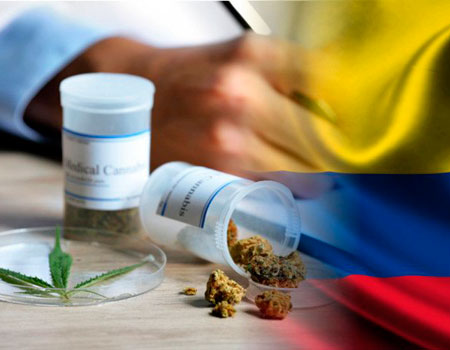Ecuador Officially Begins Therapeutic Cannabis Production
Recently, Ecuador officially joined the ranks of Latin American nations that have legalized the production and sale of therapeutic cannabis. This milestone was marked by the opening of the country’s first facility for processing cannabis plants into medicinal extracts, operated by AYA Natural and Medical Products.
Grand Opening Attended by Government Officials
The grand opening ceremony was attended by numerous political figures and government officials, including representatives from the Ministry of Agriculture, Ministry of Industry, Ministry of Foreign Trade, and the National Institute for Economic Development. The Ecuadorian government fully supports the new industry and its development, aiming to become the first country on the west coast of South America to export its products to international markets. While neighboring countries Peru and Colombia have already enacted therapeutic cannabis reforms and organized production, they have yet to begin large-scale exports.
Legalization Timeline and Regulations
Cannabis was decriminalized in Ecuador back in 2008, including for therapeutic use. However, strict laws still prohibited its production and sale. In 2018, following a wave of cannabis reforms across the continent, Ecuador passed a bill to establish a formal market for therapeutic cannabis. Due to certain aspects of local legislation that continued to classify cannabis as a “narcotic substance,” the law only came into effect in June 2020, after a series of clarifying bills and amendments were adopted in 2019.
Currently, the country only produces CBD-rich varieties of therapeutic cannabis and industrial hemp. The THC content in these products remains strictly regulated.
Geography, Climate, and Investment Potential
The government is betting on Ecuador’s geography and climate, noting that the mountainous conditions, abundant sunlight, and moisture allow for year-round cultivation of various cannabis strains. This efficient production base has already attracted interest from potential investors in Europe, Asia, and Australia, where local restrictions create a demand for imported cannabis.



